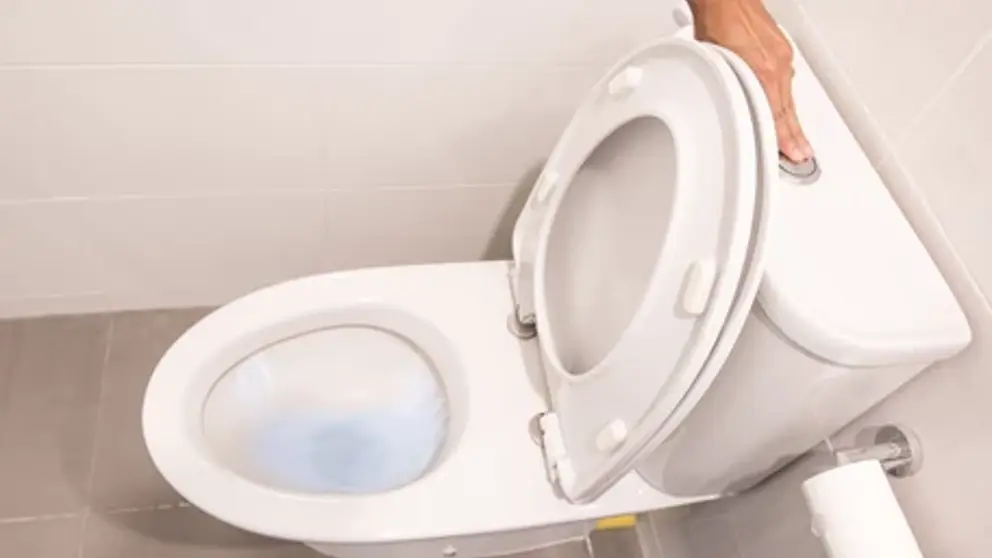When it comes to maintaining a well-kept home, addressing leaks and ensuring proper sealing in the bathroom is crucial. Effective bathroom sealing solutions not only preserve the integrity of your space but also enhance its aesthetic appeal. In this article, we’ll explore various methods and tips to help you achieve optimal results.

Understanding the Importance of Bathroom Sealing
The bathroom is one of the most used spaces in any home, and it’s exposed to high levels of moisture and humidity. Without proper sealing, water can seep into walls and floors, leading to mold growth, structural damage, and costly repairs. Implementing effective sealing solutions helps prevent these issues and extends the lifespan of your bathroom.
Key Areas to Focus On
1. Sealing Bathtubs and Showers
Bathtubs and showers are constantly exposed to water, making them prime targets for leaks. Applying a high-quality sealant around the edges can prevent water from seeping into the surrounding walls. Regularly checking and reapplying sealant is essential to maintaining a watertight seal.
2. Addressing Sink and Countertop Joints
Water can easily infiltrate the joints between sinks and countertops if not properly sealed. Using a water-resistant silicone sealant can effectively prevent water damage. It’s important to clean the area thoroughly before applying the sealant to ensure a strong bond.
3. Waterproofing Bathroom Floors
Bathroom floors are often exposed to splashes and spills, making waterproofing a priority. Consider using waterproof membranes or sealants specifically designed for flooring. These products provide an additional layer of protection against water damage.
Common Sealant Types and Their Benefits
1. Silicone Sealants
Silicone sealants are a popular choice due to their flexibility and durability. They are resistant to moisture and can be used on various surfaces, including glass, ceramic, and metal. Silicone sealants are ideal for areas that experience frequent temperature changes.
2. Acrylic Sealants
Acrylic sealants are known for their versatility and ease of use. They are paintable, making them a great option for areas where aesthetics are important. While not as flexible as silicone, acrylic sealants are effective in areas with minimal movement.
3. Polyurethane Sealants
Polyurethane sealants offer excellent adhesion and durability. They are resistant to abrasion and can withstand heavy use. These sealants are suitable for both indoor and outdoor applications, providing long-lasting protection against moisture.
Step-by-Step Guide to Sealing Your Bathroom
1. Gather the Necessary Tools and Materials
Before you begin sealing your bathroom, make sure you have all the required tools and materials. This includes a caulking gun, sealant, a utility knife, and a cleaning solution.
2. Prepare the Area
Thoroughly clean the area to be sealed, removing any old sealant or debris. Use a utility knife to carefully scrape away any existing sealant, ensuring a clean surface for the new application.
3. Apply the Sealant
Load the sealant into the caulking gun and apply a steady, even bead along the desired area. Smooth the sealant with a wet finger or a caulking tool to ensure a tight seal.
4. Allow Proper Drying Time
Give the sealant ample time to dry according to the manufacturer’s instructions. Avoid using the bathroom during this time to ensure the sealant sets properly.
Preventing Future Leaks
Regular maintenance is key to preventing future leaks in your bathroom. Inspect the sealed areas periodically for any signs of wear or damage. Reapply sealant as needed to maintain a watertight seal.
Identifying Signs of Hidden Leaks
It’s important to be aware of the signs of hidden leaks in your bathroom. These can include musty odors, water stains, or unexplained increases in water bills. Detecting and addressing leaks early can save you from extensive damage.
For more information on identifying hidden leaks, consider visiting this external resource.
Common Mistakes to Avoid
1. Using the Wrong Sealant
Choosing the right sealant for your specific needs is crucial. Using the wrong type can result in ineffective sealing and potential damage. Be sure to select a sealant that is compatible with the materials in your bathroom.
2. Skipping Surface Preparation
Proper surface preparation is essential for a strong bond between the sealant and the surface. Failing to clean and dry the area thoroughly can lead to poor adhesion and eventual leaks.
3. Applying Too Much or Too Little Sealant
Applying the right amount of sealant is important for achieving a watertight seal. Too much sealant can create a mess, while too little may not provide adequate protection.

Maintaining a Leak-Free Bathroom
Ensuring a leak-free bathroom requires ongoing maintenance and attention. By following the outlined steps and using quality sealing products, you can enjoy a well-protected and aesthetically pleasing bathroom space.
Exploring Advanced Sealing Techniques
For those looking to take their bathroom sealing to the next level, exploring advanced techniques such as epoxy grout or liquid membranes can provide additional benefits. These methods offer enhanced durability and resistance to water damage.
FAQs
- How often should I reapply sealant in my bathroom?
It’s recommended to inspect your bathroom sealant every two to three years and reapply as needed. High-traffic areas may require more frequent attention.
- Can I seal my bathroom myself, or should I hire a professional?
Many homeowners successfully seal their bathrooms themselves with the right tools and materials. However, for complex projects, it’s advisable to consult with a professional.
- What should I do if I notice mold growth around the sealant?
If you detect mold growth, it’s important to address it promptly. Remove the affected sealant, clean the area thoroughly, and apply a new sealant to prevent further mold development.
For additional resources on bathroom maintenance and leak prevention, visit our bathroom sink leak fix guide or explore more topics at bathroom caulking leak.
This article contains affiliate links. We may earn a commission at no extra cost to you.



